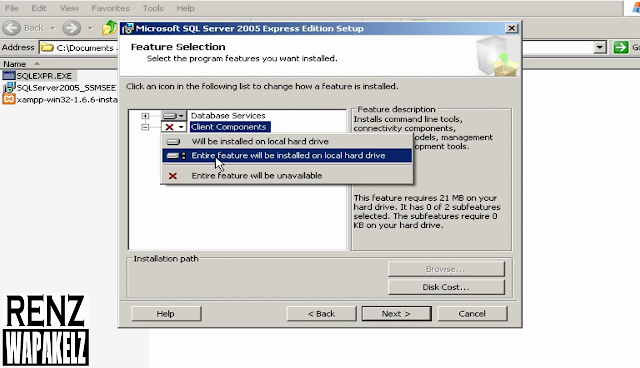

This mismatch is a very common source for errors in production when a change in one pipeline isn’t replicated in the pipeline. During inference, however, you do online predictions with streaming data and stream processing to extract features. First, training a model uses static data and batch processing to generate features. The problem with separating data into batch processing and stream processing, is that now you have two different pipelines for one ML model. Because the data is unbounded, processing is never complete! One Model, Two Pipelines By contrast, streaming data is usually accessed through a real-time transport platform like Kafka or Kinesis and handled using a stream-processing tool such as Flink or Samza. Because static data is bounded, when each data sample has been processed, you know the job is complete. Static data is often stored in a file format like comma-separated values (CSV) or Parquet and processed using a batch-processing system such as Hadoop. For example: a user’s location in the last 10 minutes, or the web pages a user has visited in the last few minutes. Streaming data includes information that is very recent, about features that can change very quickly. Streaming data, on the other hand, is continually being generated: it is unbounded.

Also, static data is bounded: you know exactly how many data samples there are. Static data is a fixed dataset, which contains features that don't change, or else change very slowly: things like a user’s age or when an account was created.

Now, I want to differentiate between static data and streaming data. Because these platforms are event-based, this kind of processing is called event-driven processing. The in-memory storage is generally what is called real-time transport, based on a system such as Kafka, Kinesis, or Pulsar. At some point, say after a few days, you can either discard those events or move them to permanent storage, such as AWS S3.
#Ran online private server developer driver
When you have incoming events - a user books a trip, picks a location, cancels trip, contacts the driver - then you put all the events into in-memory storage, and then you keep them there for as long as those events are useful for real-time purposes. The solution is to use in-memory storage. Real-Time Transport and Stream Processing You also want to look into recent in-app fraud, because there might be a trend, and maybe this specific transaction is related to those other fraudulent transactions.Ī lot of this is recent information, and the question is: how do you quickly assess these recent features? You don't want to move the data in and out of your permanent storage because it might take too long and users are impatient. You also need to know about the specific credit card’s recent transactions, because when a credit card is stolen, the thief wants to make the most out of that credit card by using it for multiple transactions at the same time. To detect whether a transaction is fraudulent, you want information about that transaction specifically as well as the user's other recent transactions. To illustrate a real-time pipeline, imagine you're building a fraud detection model for a ride-sharing service like Uber or Lyft. What does that mean? A pipeline that can process data, input the data into the model, and generate predictions and return predictions in real time to users. However, the solution I recommend is to use a real-time pipeline. You could also use more powerful hardware, which allows models to do computation faster. One solution is to use model compression techniques such as quantization and distillation. The first is a model that is capable of returning fast inference.

How do you make online prediction work? You actually need two components. These give better accuracy, but it generally also means that inference takes longer, and users don't want to wait. A common trend in ML is toward bigger models. Research shows that no matter how good your model predictions are, if it takes even a few milliseconds too long to return results, users will leave your site or click on something else. The problem with online predictions is latency. Improve productivity and collaboration with unparalleled speed, scale, and resilience. Camunda Platform 8: The Universal Process Orchestrator.


 0 kommentar(er)
0 kommentar(er)
